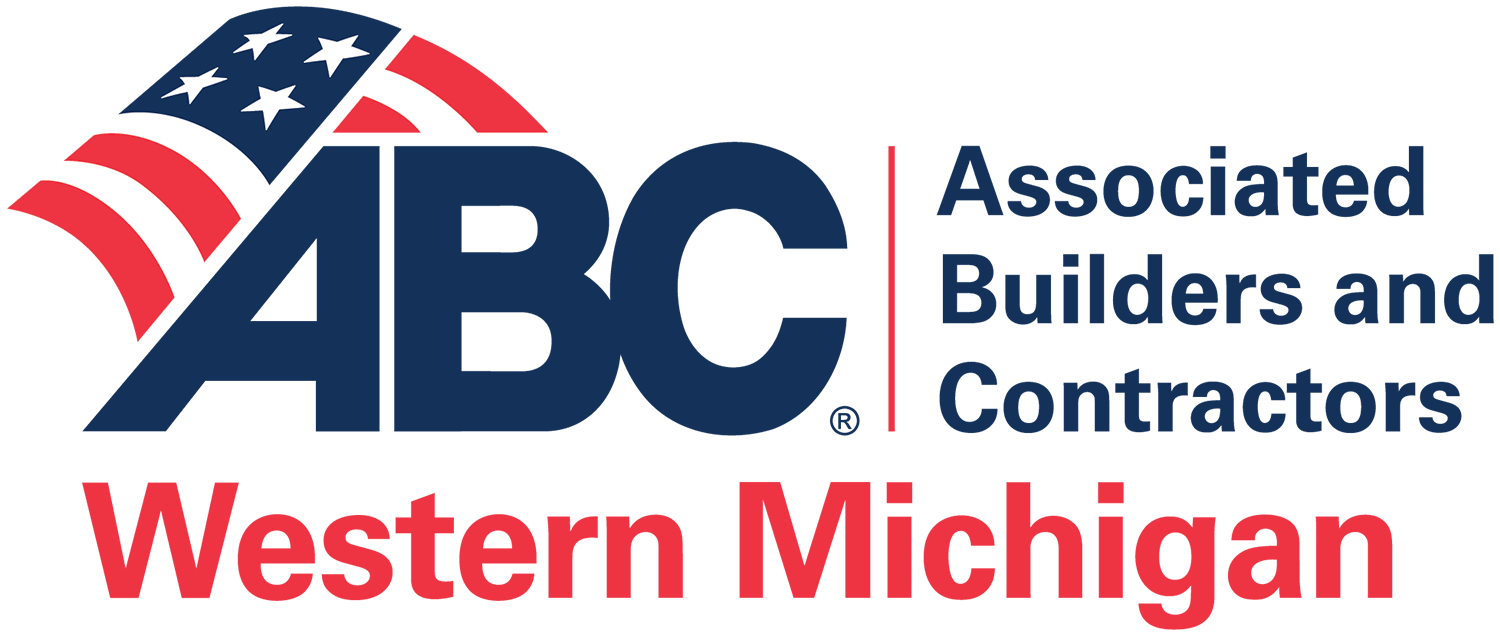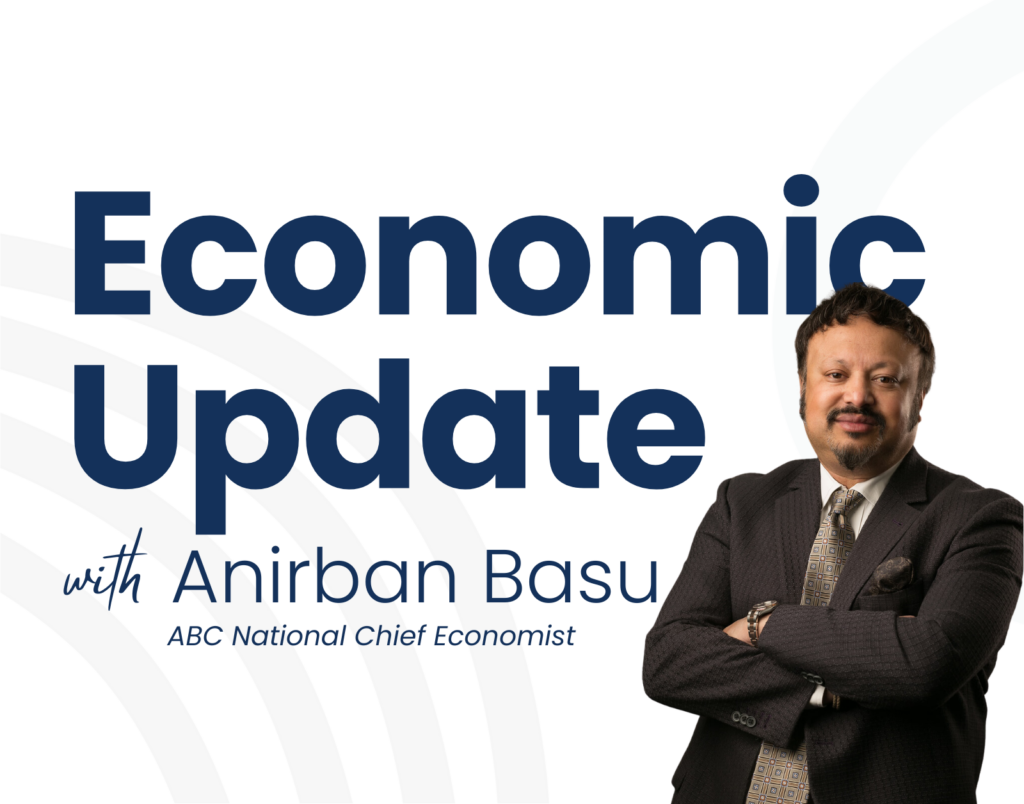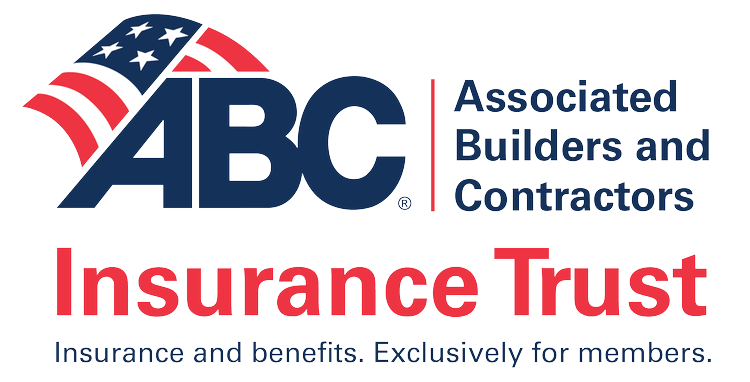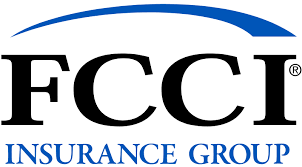The construction industry retained a surprising level of momentum in 2024; construction spending currently stands just below the highest level on record, contractors added jobs at a faster-than-economywide-pace throughout the year, backlogs remain at healthy—albeit lower than in 2023—levels, and contractor confidence has surged in the wake of November’s presidential election.
This wasn’t supposed to be the case. The Federal Reserve began ratcheting interest rates higher in March 2022 in an effort to suppress the worst inflation in over 40 years. As of the middle of 2023, rates had risen to the highest level in over two decades. The resulting high borrowing costs and strict lending standards made project financing extremely difficult for project owners.
While many private nonresidential segments did struggle in 2024—especially those dependent on low interest rates—manufacturing and infrastructure construction activity, fueled by federal incentives and funding, respectively, powered the industry through the year. Those two categories should remain strong in 2025, but the remainder of the industry would benefit greatly from lower borrowing costs.
Unfortunately, financing costs remain elevated despite the Federal Reserve reducing rates by the equivalent of four 25-basis point decreases since September. For instance, the average rate on a 30-year fixed rate mortgage has risen roughly 0.8 percentage points since the time of the first rate cut and stands at the highest level since the first week of July.
Those elevated borrowing costs are due to rising inflation expectations, and the root cause is policy uncertainty. While the new presidential administration’s policy agenda should boost construction activity through deregulation and stimulative tax cuts, tariffs and tougher immigration policy will put upward pressure on prices, reducing the anticipated number of rate cuts in 2025.
Of course, many suspect that the stated tariff policy is simply a threat to gain trade concessions. If that proves to be the case and high tariffs are not enacted, interest rates may decline more than expected over the course of the year. While that may not spur an immediate rebound in certain commercial segments, lower borrowing costs and looser lending standards will come as a welcome development for the industry.
In Western Michigan, the construction industry appears to be growing at a significantly faster rate than the broader economy—construction employment in the region is up 6.3% over the past year, dwarfing the 0.2% rate of employment growth across all industries.
In Western Michigan, the construction industry appears to be growing at a significantly faster rate than the broader economy.
Anirban Basu
That hiring is entirely concentrated in the Grand Rapids and Kalamazoo areas; construction industry job growth is flat on a year-over-year basis in Muskegon and Niles-Benton Harbor. This is at least in part due to the $1.7 billion renovation of the LG battery manufacturing plant in Holland.
While manufacturing construction projects should keep construction activity in Western Michigan elevated through at least the first half of 2025, the region is subject to the same headwinds as the remainder of the nation. In short, many contractors will be eagerly awaiting lower borrowing costs and the resulting release of pent up demand.

Anirban Basu, ABC’s Chief Economist
Anirban Basu is the Chairman & CEO of Sage Policy Group, Inc., an economic and policy consulting firm based in Baltimore, MD, with an office in Orlando, FL. The firm provides strategic analytical services to various sectors, including energy suppliers, law firms, medical systems, government agencies, and real estate developers.
